The Oleander, also known as Nerium, is a beautiful plant that is often kept as a container plant because of its various flower colours in pink, red, yellow and white. With single, double or filled flowers, the Oleander exudes a Mediterranean atmosphere and blooms from early summer to late September. This evergreen shrub can be planted in the open ground, but should be brought inside before frost. The Oleander can grow up to 5 metres high, but as a container plant it usually stays around 2 metres. It is important to note that all parts of the plant are highly poisonous and precautions should be taken with regard to children and pets.

When should the oleander be watered?
The Oleander is a plant that loves water and is quite thirsty. Especially in the summer period, when the plant is outside, the Oleander needs a lot of water. It is advisable to water the plant twice a day in the summer months, especially on hot days. Preferably use lukewarm water and give the plant about 10 liters of water per watering. It is important that the root ball of the Oleander does not dry out completely, but at the same time the potting soil should not remain constantly soaked.
During rainy days it is important that the water can drain well from the pot or tub in which the Oleander is placed. Due to the lower evaporation during rainy days, root rot can occur if the roots remain continuously wet. It is therefore important to keep a close eye on the water management of the plant and to ensure the right balance between watering and the drainage of excess water.
How much water should the oleander have on hot (summer) days?
On very hot days you can hardly give the oleander too much water, at +25ºC we recommend watering the oleander in the morning and evening so that it does not dry out.
The amount depends on the size of the oleander.
How much water does the oleander need in winter?
When the oleander is overwintering, in a garage or shed, it only needs a minimal addition of water.
Be careful that the soil is not too moist as this can cause root rot in the oleander.
Toxic
Oleander is a very poisonous plant . All parts are poisonous, so keep them away from children and pets. In severe cases the poison can even be fatal. The sap is irritating to the skin.
Symptoms of poisoning include vomiting, abdominal pain, headache, and nausea. In severe cases, slow heart rates, irregular heartbeats, and shock may occur. If you suspect that a toxic dose has been ingested, you should be hospitalized for observation. For severe poisoning with heart problems, an antidote (digoxin-specific Fab fragment) can be used for special treatment.
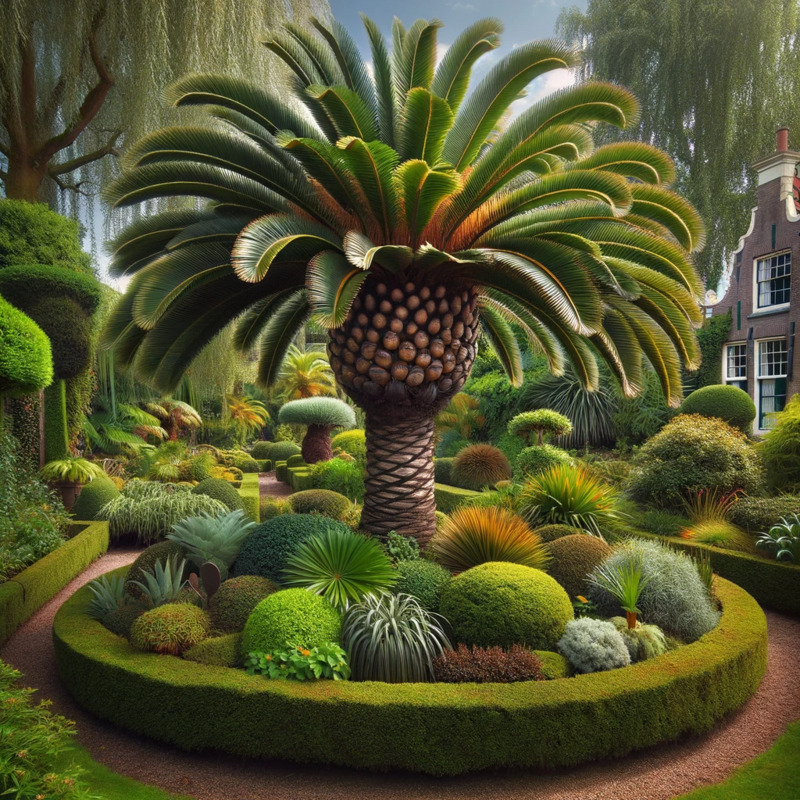
The best location for the oleander..
The Oleander thrives best in a sunny spot in the garden or on the terrace. The plant needs a lot of light and warmth, so it is important to place it in the sunniest spot. During warm summers, the Oleander will flower excellently. It is also advisable to place the plant under a glass or transparent plastic roof, so that it can enjoy the sun and has protection from the cold wind.
In addition, it is important to water the Oleander regularly, especially on summer days when the temperature is around 25°C. Large specimens may even need water twice a day. It is crucial not to leave the plant with its roots in the water all the time, especially during rainy days to prevent root rot. Furthermore, it is essential not to overwater the plant during the winter and to overwinter it in a well-ventilated light space between 4-8°C.
In short, for a healthy Oleander it is important to give it a sunny spot in the garden, provide it with plenty of light and warmth, water it regularly and create the right wintering conditions. That way the plant will thrive and flower.
Overwintering outside
Oleander is moderately resistant. It tolerates about -5 degrees of frost. In mild winters with little or no frost, consider leaving the oleander outside in the pot in a sheltered spot where it catches little wind and almost no rain.
In case of light to moderate frost, place the pot temporarily in a frost-free space. Cannot move container. Then protect the plant temporarily with a fleece.
Overwintering indoors
You can also overwinter a small oleander indoors in a pot. Bring the plant indoors in mid-November, where it can overwinter in a room with light at a temperature of 3 - 10 degrees. Make sure that the oleander is brought indoors with a dry root ball. A root ball that is too wet can cause the roots to rot.
Give little water in the winter. Only water the plant when the soil has dried out slightly. The oleander can be placed outside again at the beginning of May.
Tub plants, including oleander, that have been indoors all winter, should first slowly get used to the bright sunlight from outside. Place the oleander in the semi-shade for the first few weeks to get used to the new conditions.

When should I repot my oleander?
Repotting an Oleander is an important part of caring for this plant. Young plants should be repotted regularly, sometimes even twice a year, to stimulate growth and make room for new potting soil and fertilizer. Older plants can be repotted every three to four years. Repotting is best done in the spring, before growth starts again.
An indication that an Oleander needs to be repotted is when the pot becomes too small and the plant starts to root. Rooting can be determined by seeing the roots sticking out above the soil or by carefully removing the plant from the pot and examining the roots. Also, if the growth of the plant slows down or the leaves start to wilt, this can be a sign that the plant needs a newer, more spacious pot.
When repotting an Oleander, it is important to use a well-draining potting soil that does not dry out too quickly. The soil mixture can be enriched with loam or clay to maintain the moisture level. Choosing a spacious pot is essential for healthy growth of the plant. By regularly repotting and pruning the roots, the Oleander can continue to grow and bloom optimally. The well-being of the plant depends on a good pot size and nutritious soil.
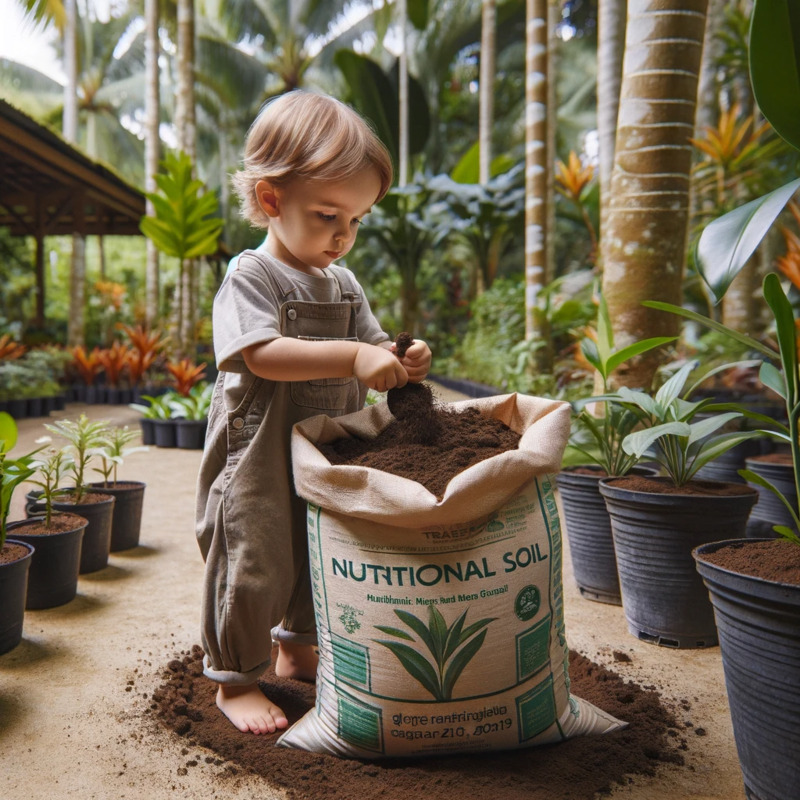
Does the Oleander also need food?
To keep an Oleander healthy and flowering, the plant needs regular nutrition. It is important to give it some extra nutrition every two weeks from May to August. This can be done with liquid plant food for Mediterranean plants, for example, which you can simply add to the irrigation water. In addition, it is wise to mix organic fertilizer granules through the soil when transplanting or potting, so that the plant gets an extra boost to continue growing.
It is essential to distribute the feed evenly over the roots of the Oleander so that the plant can absorb all the nutrients it needs. Well-draining potting soil that does not dry out quickly is ideal, and adding some loam or clay can help with this. During periods of heavy watering, it is important to fertilize the plant regularly until mid-August to stimulate growth and flowering. A healthy and well-fed Oleander will flower and grow abundantly.
In addition, it is wise to mix a lot of organic fertilizer into the potting soil when repotting the plant in the spring. This ensures that the plant remains healthy and vital and can develop optimally. Do not forget to regularly check whether the Oleander is getting enough nutrition and adjust your feeding schedule if necessary to support the plant in its growth and flowering. With the right nutrition, your Oleander will shine and enjoy beautiful flowers.
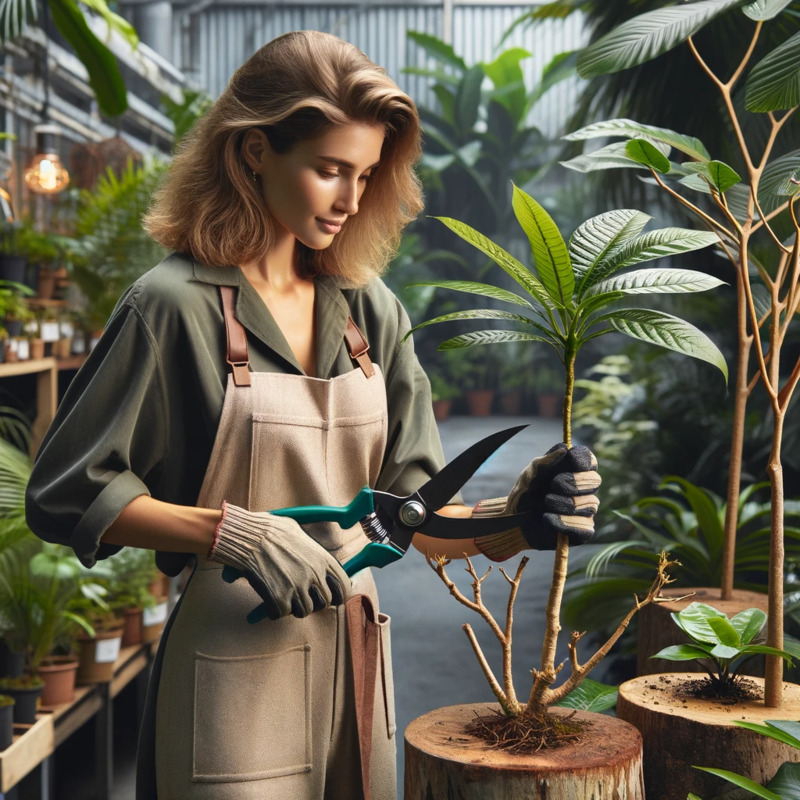
When is the best time to prune a Nerium oleander?
It is best to prune the Nerium oleander in spring and summer.
This can be done as you wish. Even if you prune it all the way down it will quickly start growing again!
It is best not to prune the Oleander during the autumn or winter months because they are then in their dormant period.
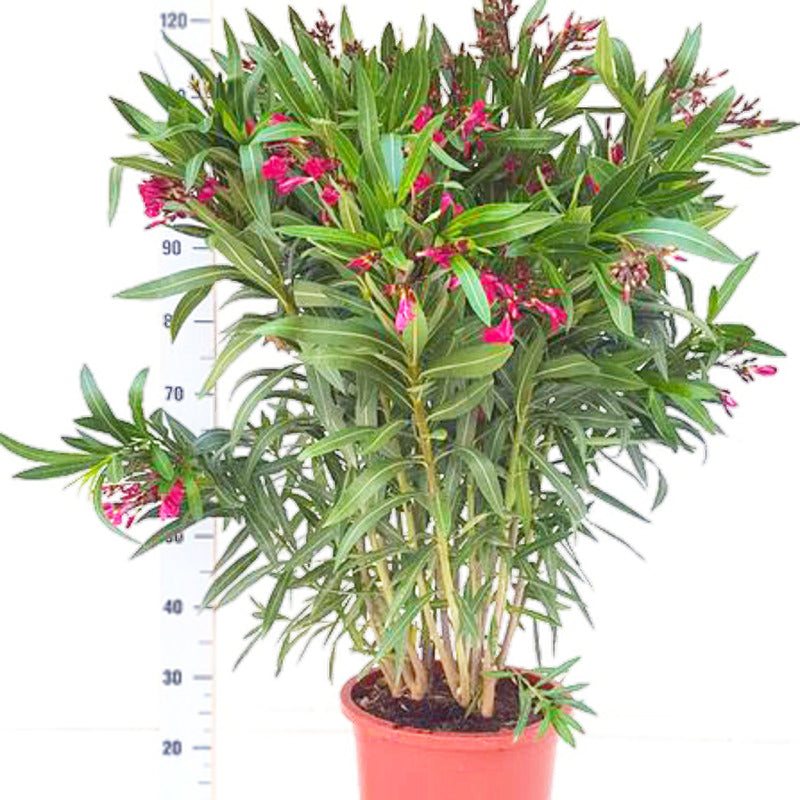
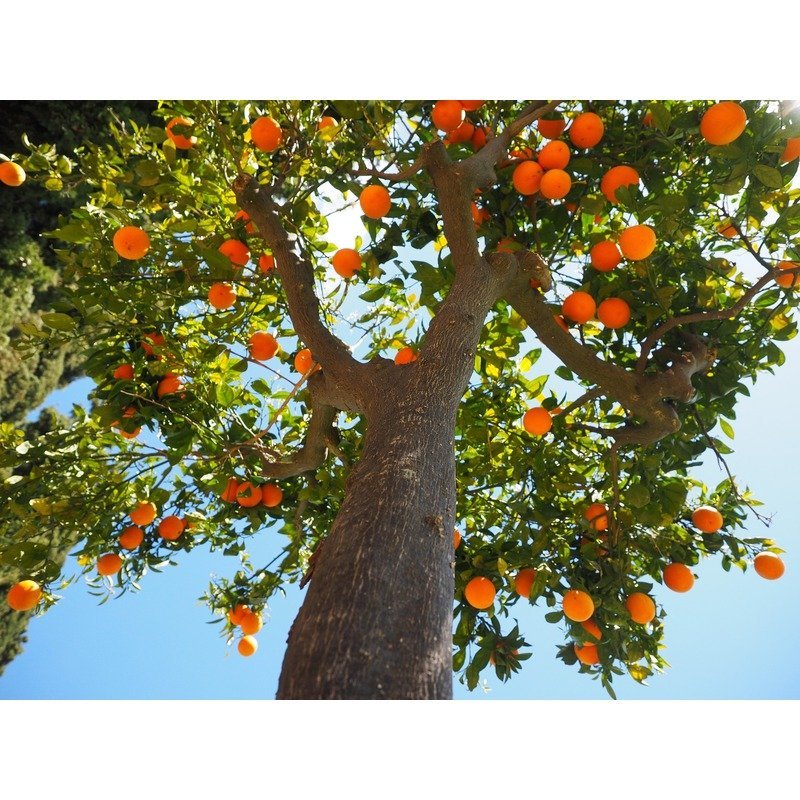
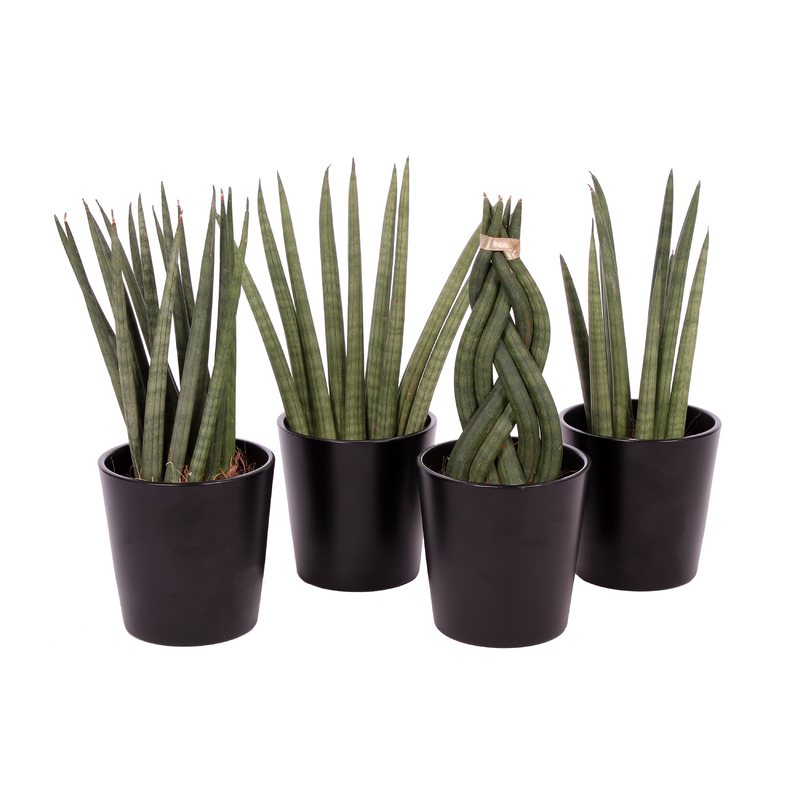
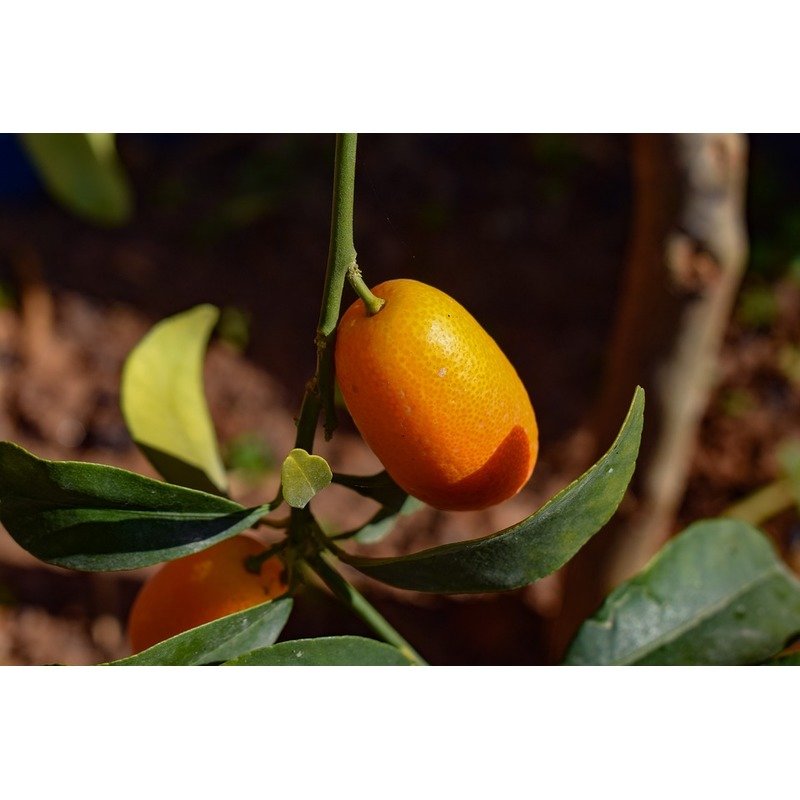
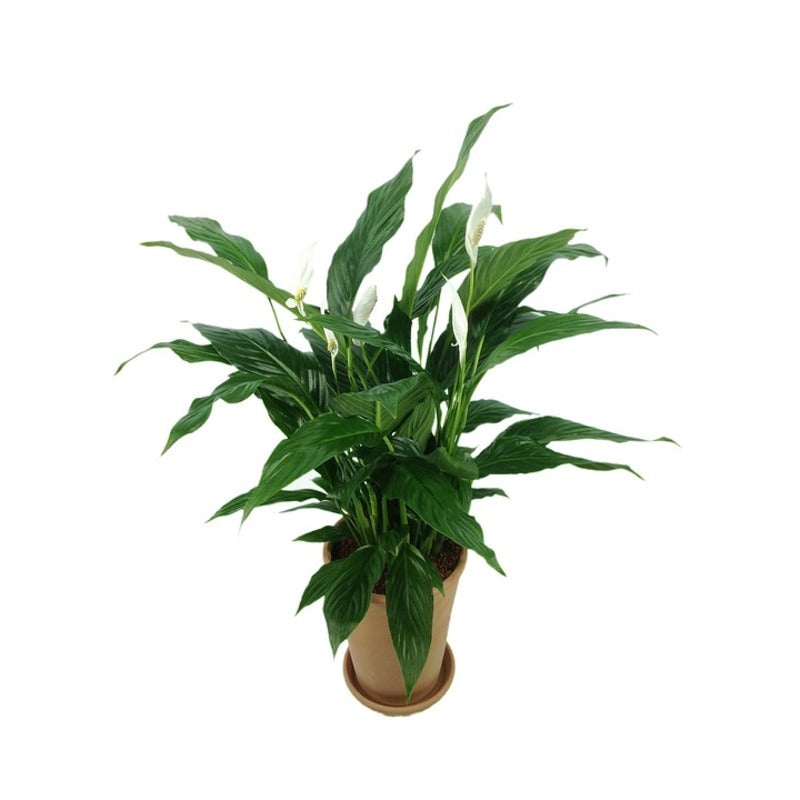
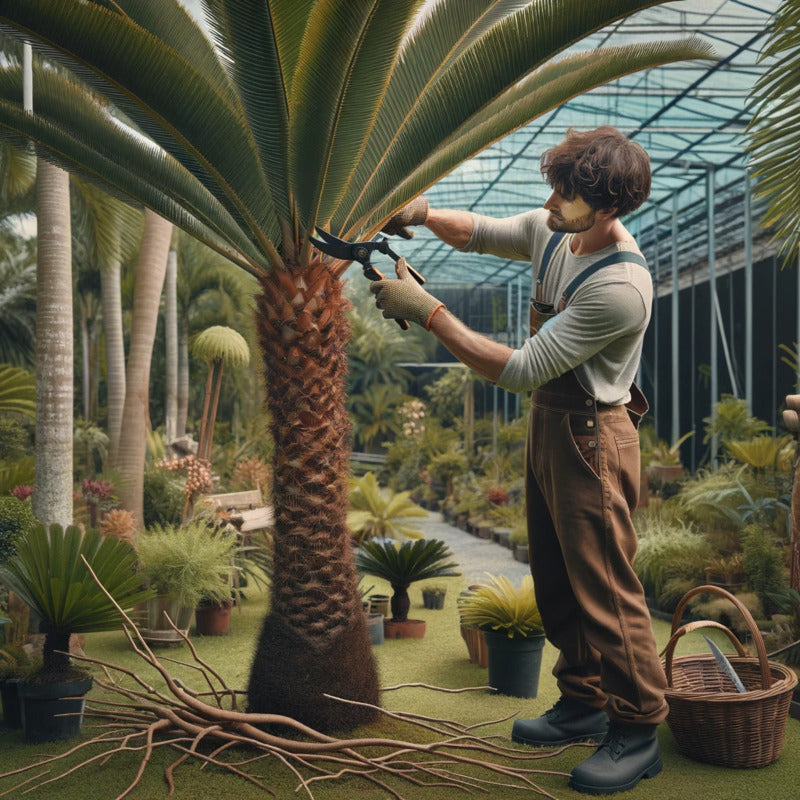
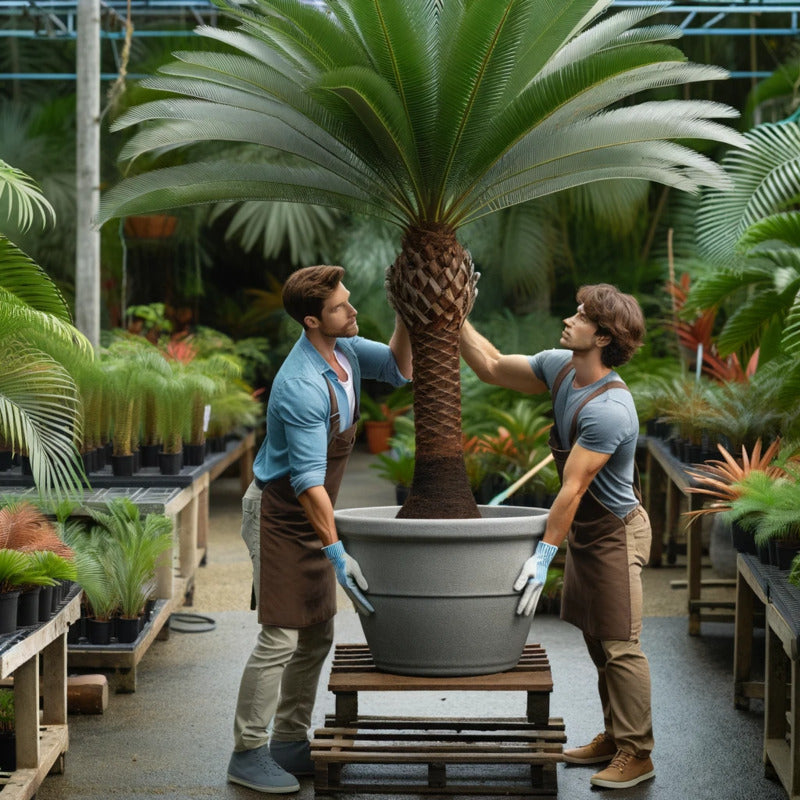

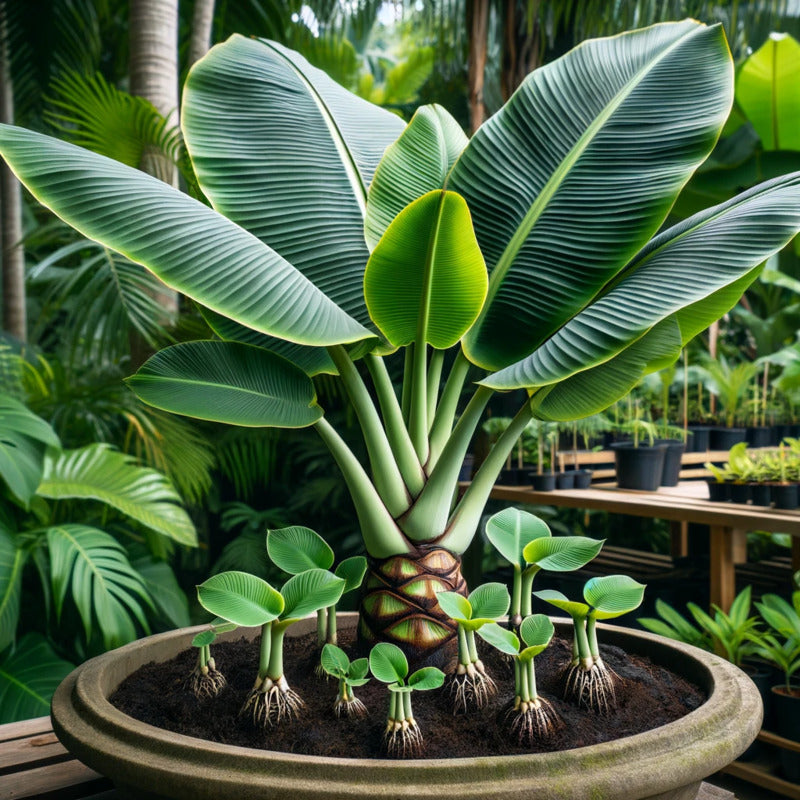
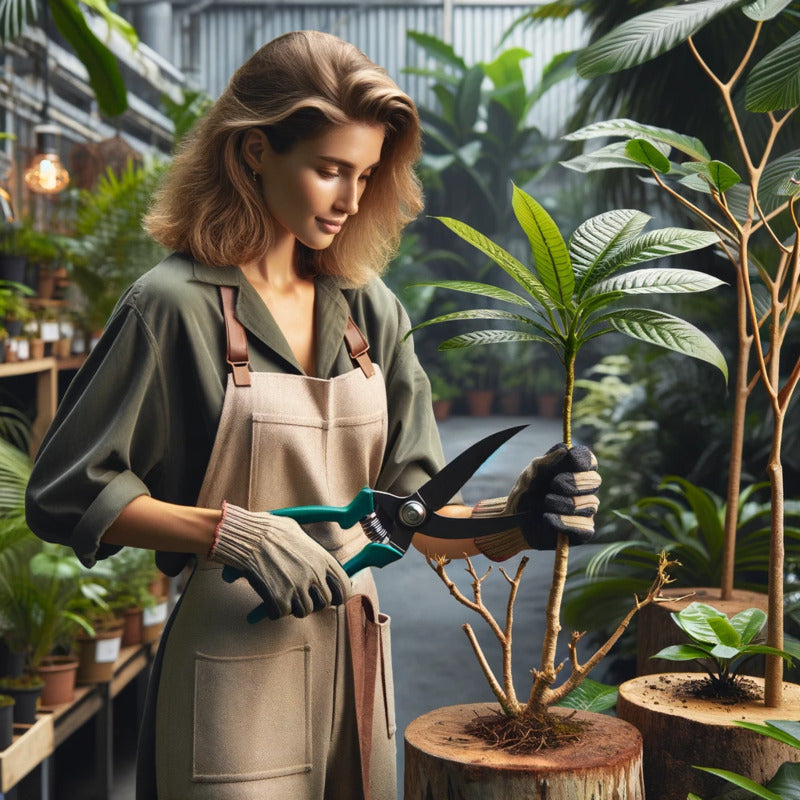
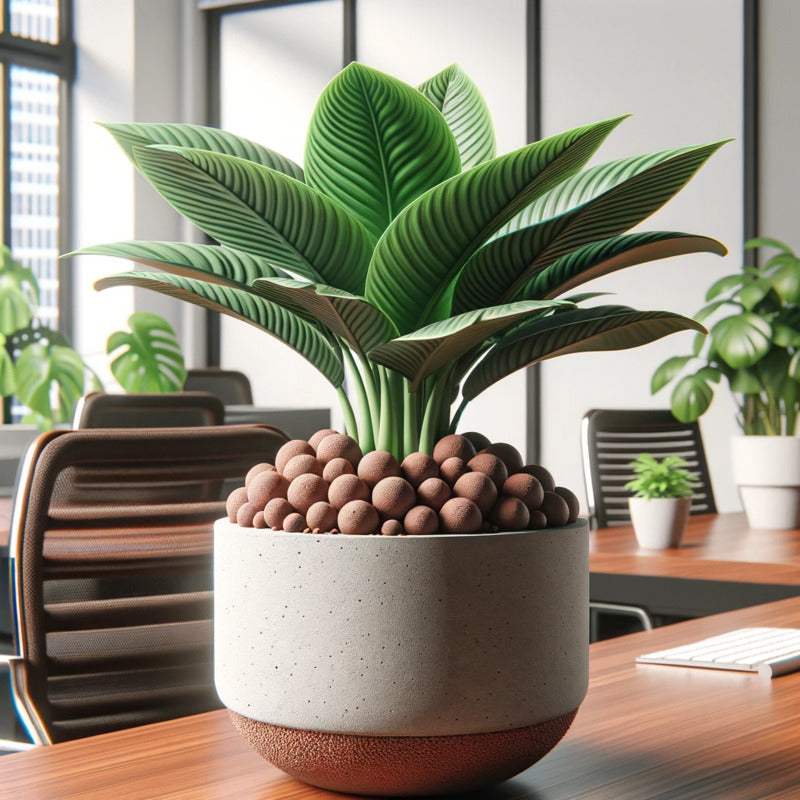

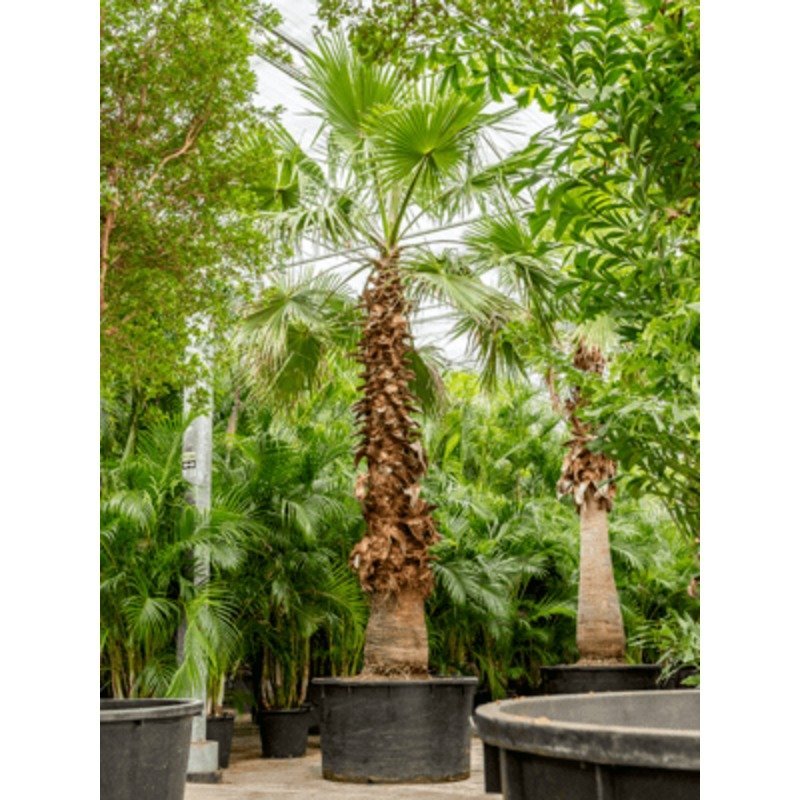
Share:
Acacia dealbata - Mimosa - False Sleeper
User Data Deletion Instructions